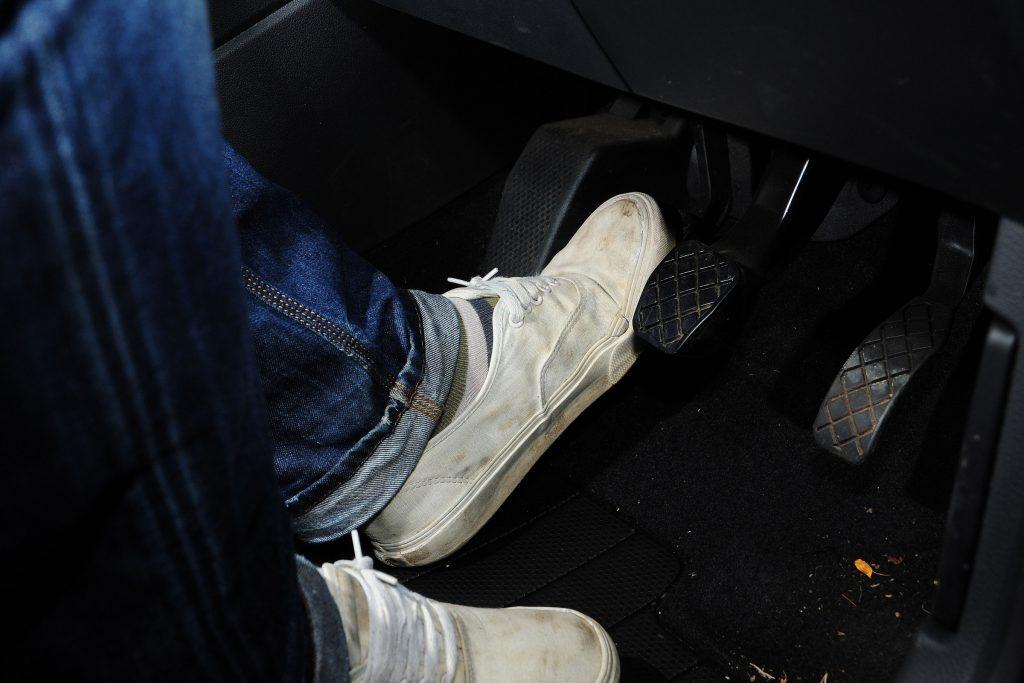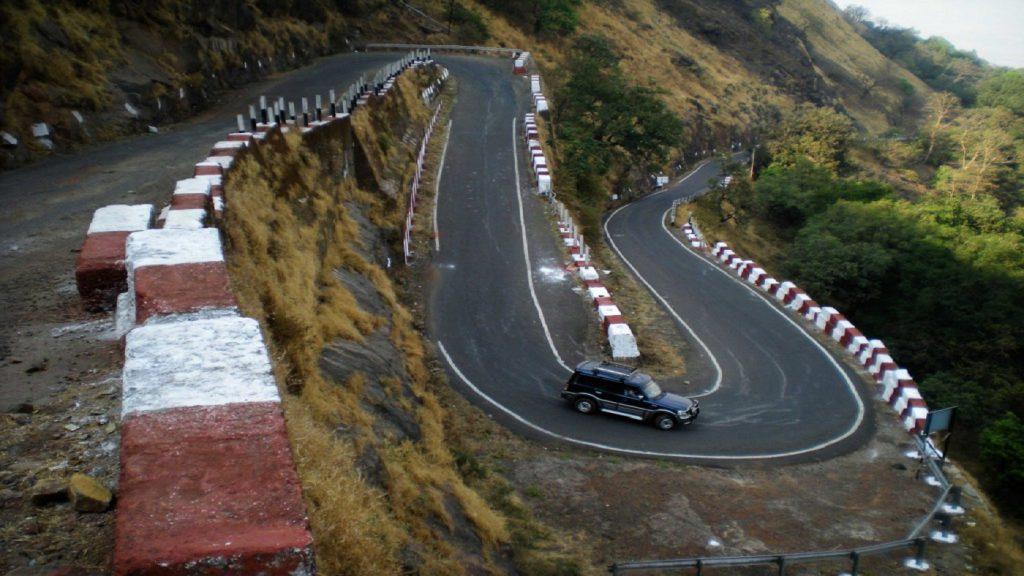All About Half Clutch Driving You Ever Wanted To Know
Driving is an art that embraces a set of skills that make you a fantastic driver. There is always a lot more to learn no matter how good you are at driving.
Talking specifically about the half clutch driving, this is a safety technique suitable to be applied on hilly terrains. If you are planning for a drive up the hills, knowing more on this could come handy.
Must-Know Facts About Half Clutch Driving
Have you ever noticed that when you restart the car on an inclined plane, it starts to roll backward? It is quite a risky situation, isn’t it?
What comes as a relief in this situation is the half clutch technique. Read on, to know more on this unique yet safer driving mastery.
1. What Is Half Clutch Driving?
The chances of rolling back or stalling on hilly roads are greater when restarting the engine. If you release the clutch fully as you usually do it, the engine is likely to stall. This happens due to the greater force of gravity on the car than the force that engines infuse into the wheels.
The half clutch driving comes into play just then and is all about engaging the clutch and brakes at the same time.
One needs to make sure that there is adequate power provided to the car so that it can move in the right direction. That is why; half clutch driving is one driving technique you need to get expert with.

SEE MORE:
- Knowing the Difference between the Brakes and the Clutch
- The Right Technique And Time For Pressing The Clutch
2. The Process
The process involves getting in the first or the reverse gear with both feet on the clutch and the brakes simultaneously. When ready to make a move, you need to release the clutch slowly while the brakes are fully engaged.
There would come a point when the engine starts to vibrate, commonly called the “biting point.”
You need to stop releasing the clutch once you hear that vibrating sound. Now, release the foot from the brakes while your other foot is still on the half released clutch.
Press the accelerator slowly and once the car starts to move, release the clutch too. Voila! The car moves in either direction you want it to when you apply the right driving tips.
3. Consequences Of Half Clutch Driving
Using the half clutch technique is the best option available when driving on hilly roads vulnerable to traffic. One should not use this technique frequently though.
The impact that half clutch driving has on the clutch plate is a matter of concern. The clutch plates are likely to be worn out that calls for its replacement.
Other issues that your car is liable to encounter include the lag in the car’s engine. It should be your priority to avoid this practice whenever you can. This is because the cost of clutch plate replacements may cost you a fortune.

>> Buy a used car from reliable Japanese sellers here <<
FAQs on Half Clutch Driving
-
When is half-clutch driving commonly used?
Half-clutch driving is commonly used in situations that require precise control over the vehicle’s speed and power delivery.
This includes activities such as parking, navigating through heavy traffic, or performing slow-speed maneuvers like parallel parking.
-
What are the benefits of half-clutch driving?
Half-clutch driving offers several benefits, including smoother control over the vehicle’s speed, reduced wear and tear on the clutch, and improved fuel efficiency during low-speed driving.
It also enhances the driver’s ability to navigate tight spaces and perform precise maneuvers.
-
Are there any drawbacks to half-clutch driving?
While half-clutch driving can be useful in certain situations, excessive use of this technique can lead to premature wear and damage to the clutch components. It may also result in reduced fuel efficiency when used unnecessarily.
-
Is half-clutch driving suitable for all vehicles?
Half-clutch driving is more commonly used in vehicles with manual transmissions. Automatic transmission vehicles do not require the same level of clutch control, as the transmission system manages the power delivery automatically.
-
Can half-clutch driving be challenging for beginners?
For novice drivers, mastering the art of half-clutch driving can be a bit challenging. It requires coordination between the clutch and gas pedals, as well as a good understanding of the vehicle’s behavior during slow-speed maneuvers.
Practice and experience typically help drivers become proficient in this technique.
-
Does half-clutch driving save fuel?
When used appropriately in low-speed situations, half-clutch driving can contribute to improved fuel efficiency. By carefully managing the power delivery, drivers can minimize unnecessary engine load and fuel consumption.
-
How can I avoid clutch wear while half-clutch driving?
To reduce clutch wear during half-clutch driving, ensure that you apply only as much pressure on the clutch pedal as necessary to maintain control.
Avoid resting your foot on the clutch pedal when not actively using it, as this can lead to premature wear.
Regular maintenance and proper clutch adjustment are also essential for prolonging the clutch’s lifespan.
Wrapping Up
Now that you know what half clutch driving is, you would surely maneuver through the hilly roads like a pro. Always keep in mind that the clutch is essential to modify gears. Use the half clutch technique wisely and only when required. Happy Driving!














